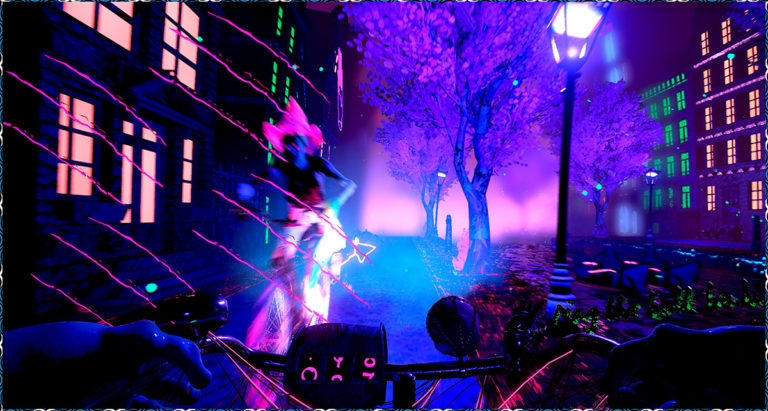
Created and Directed by Anita Fontaine and Geoffrey Lillemon with W+K Amsterdam, Bitmap Banshees is a VR experience set inside a dystopian Amsterdam, where a gang of biker banshees have taken over the city and are out to get you.

Created and Directed by Anita Fontaine and Geoffrey Lillemon with W+K Amsterdam, Bitmap Banshees is a VR experience set inside a dystopian Amsterdam, where a gang of biker banshees have taken over the city and are out to get you.
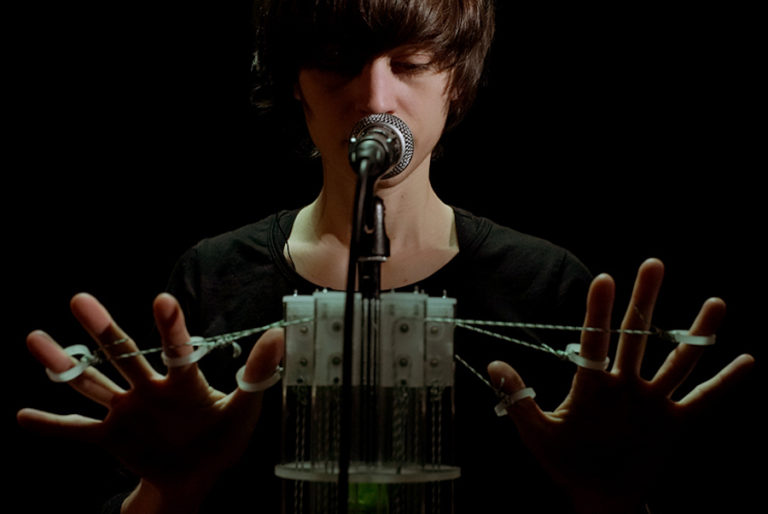
Created by Katharina Hauke and Dominik Hildebrand Marques Lopes, the MikroKontrolleur is the result of their ongoing artistic research into working with vocals and electronics live on stage. It consists of a control station that can be attached to any microphone stand with one part played using hands and optional foot pedal to extend manipulation. It’s a an instrument to play one’s voice.

The Department of Art at the University of Maryland invites applications for an Assistant Professor, full-time, tenure-track faculty position in Sculpture and Emerging Technologies to begin in August 2017.
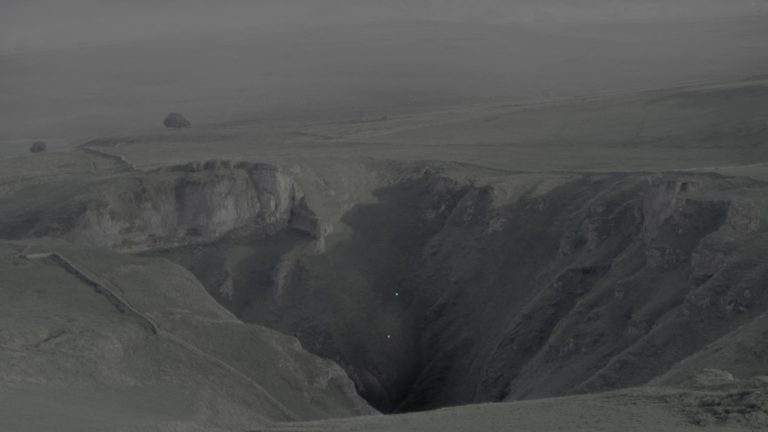
New in the series of new work by Universal Everything is Closer – A subtle story in a vast landscape. Filmed in the Peak District/UK, the film follows the journey of pixel-high distant lifeforms within the sublime grandeur of the national park.
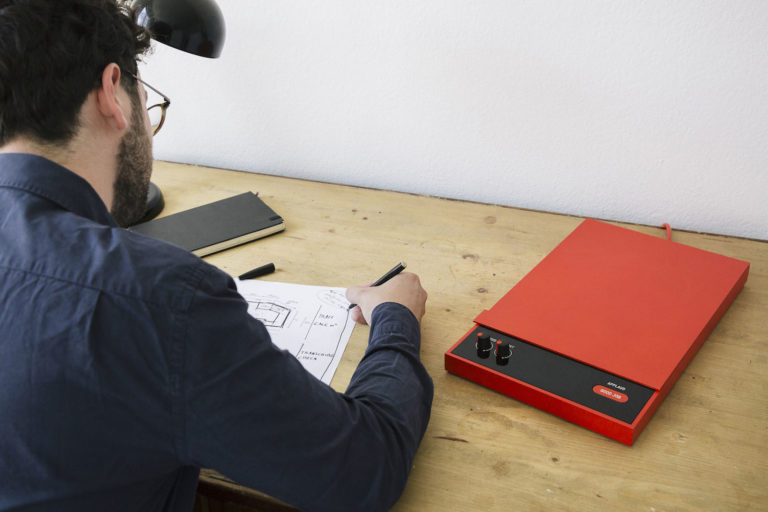
Created by Stephan Bogner and Philipp Schmitt, Human Element Inc. investigates how crowdwork, such as Amazon MechanicalTurk, might be woven into everyday life in the future— and explores the topic through three speculative crowdwork services.
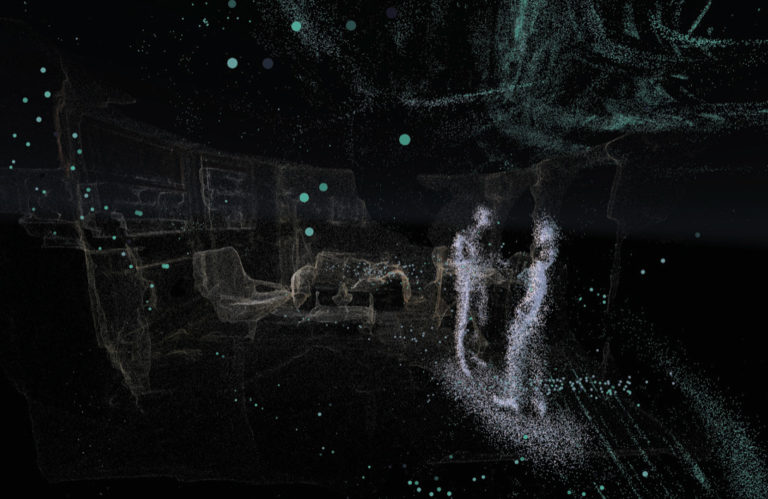
Created at the Bartlett School of Architecture / Interactive Architecture, Palimpsest uses 3D scanning and virtual reality to record urban spaces and the communities that live in them. The project aims to question/test the implication if the past, present, and future city could exist in the same place, layering personal stories and local histories of the city at a 1:1 scale.
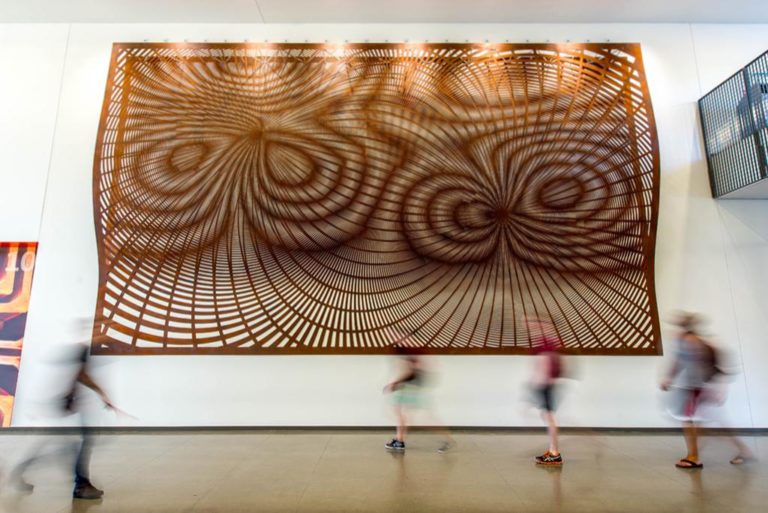
Created as a collaboration between Hypersonic and Plebian Design, Constructive Interference is a sculpture designed to engage passer-bys using the wonder of moire patterns. Installation is composed of two large patterned sheets of steel, designed to create a rapidly changing visual interference effect as viewers pass by.
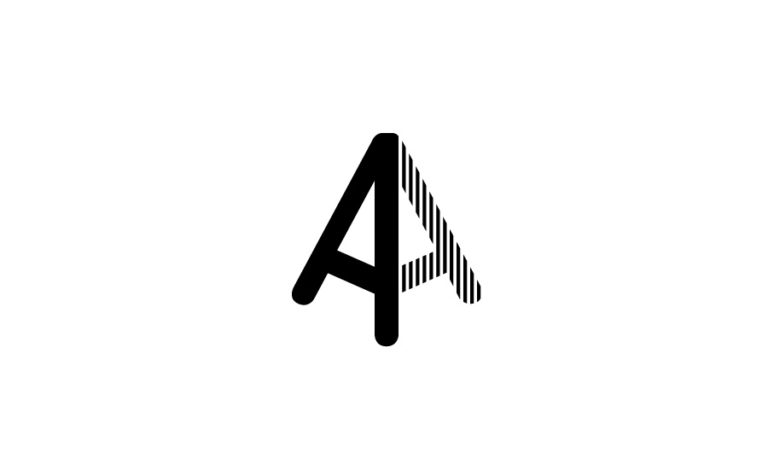
Archilogic develops web-based 3D technology for creating interactive digital models of architectural spaces. As part of a multi-disciplinary team of engineers, architects and artists, you will help to design interfaces that share a common visual language across 2D and 3D / VR environments.
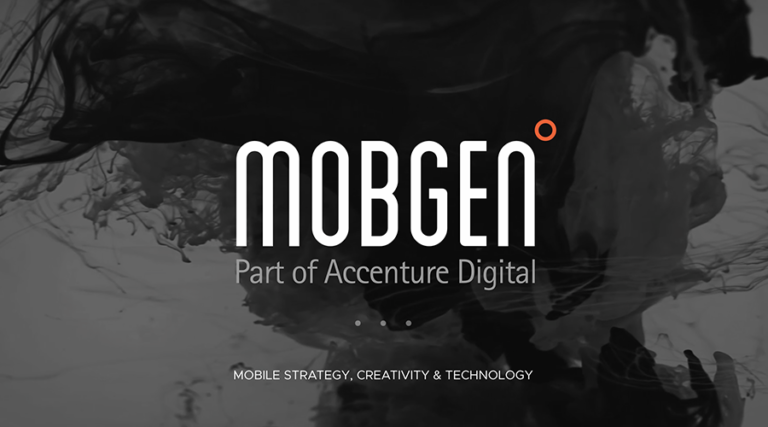
MOBGEN in Amsterdam are looking for a Product & Service Designer [Amsterdam-based or willing to move there] who will work with their design, lab and project teams to build useful and beautiful digital experiences that end users will love.
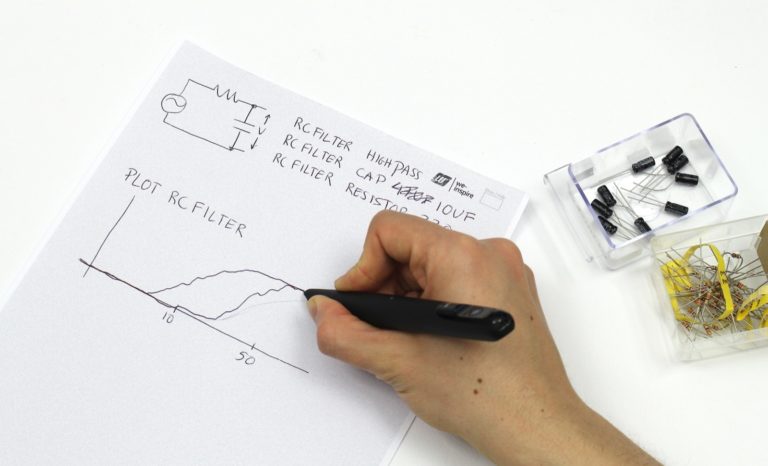
Created by Pedro Lopes, Doğa Yüksel, François Guimbretière, and Patrick Baudisch at the Hasso Plattner Institut, Muscle-Plotter is an assistive interface that allows hand-drawn computation using EMS muscles actuation.
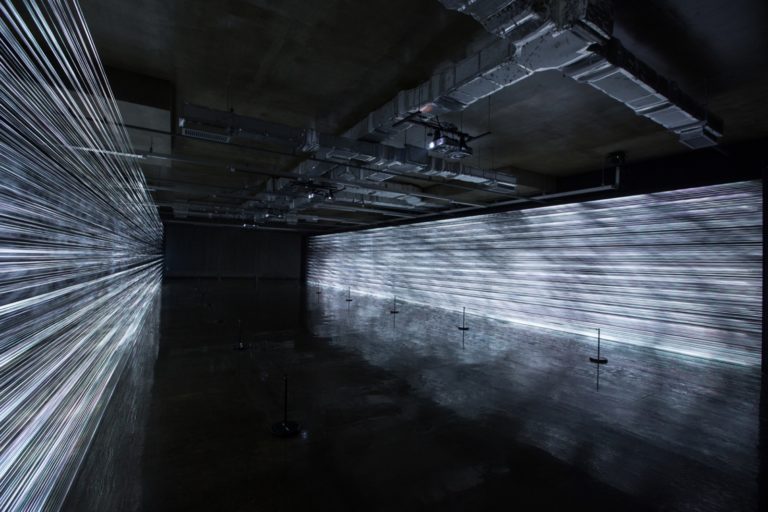
Kimchi and Chips have just released a video of their 483 Lines Second Edition exhibited at the Asian Cultural Centre (ACC) last year and presented during the first edition of ACT Festival curated and co-organised by HOLO/CreativeApplications.Net team.
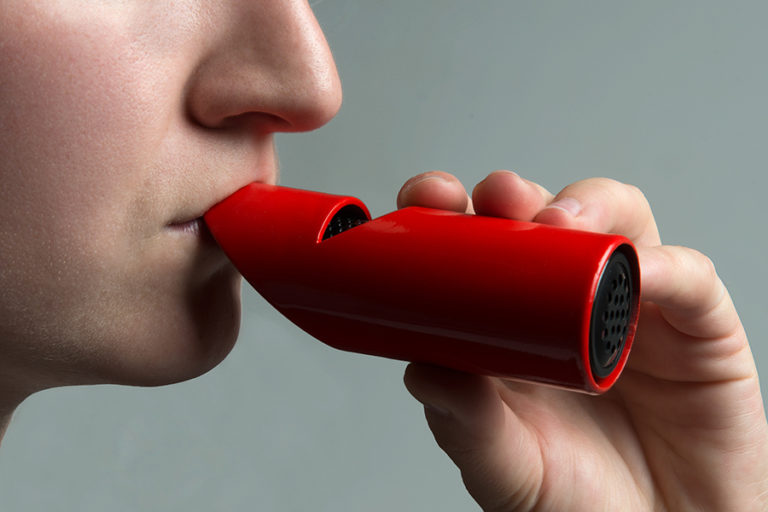
Created by Lara Defayes at ECAL, UV Map, Vanishing Shades and FOMO Survival Kit are a series of project produced during her studies at the art and design school in Lausanne, Switzerland. All three projects, and others that can be viewed on her website, explore the contradictions and opportunities of digital in physical.
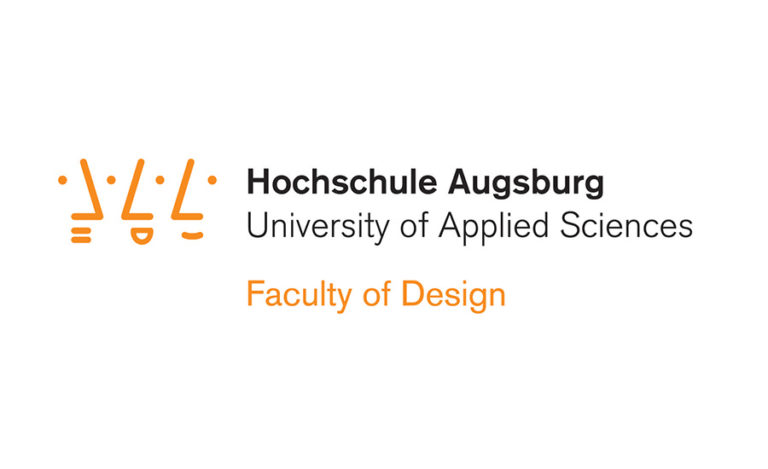
University of Applied Sciences Augsburg are looking for a designer personality with excellent qualifications in the field of industrial or product design with the focal points “Human-Machine Interfaces” and “Physical Interaction”.
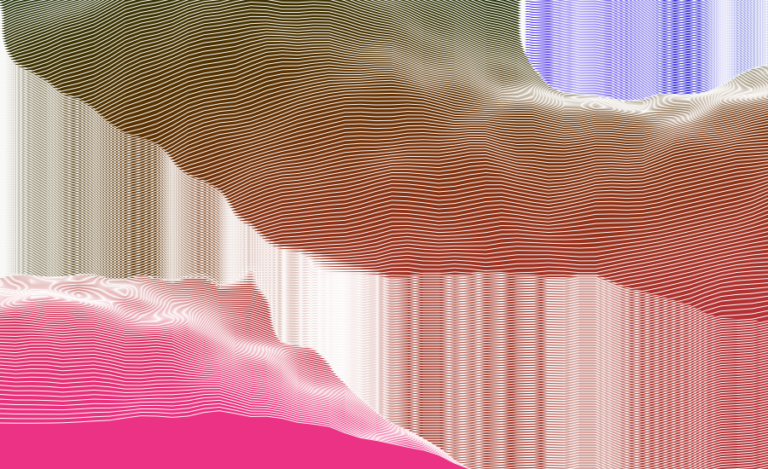
Created by Satoshi HORII at Rhizomatiks, (centiscript) is a JavaScript based creative code environment for creating experimental graphics. Imagined as an endless exploration from one script to another, Satoshi sees (centiscript) as a tool for visual thinking.
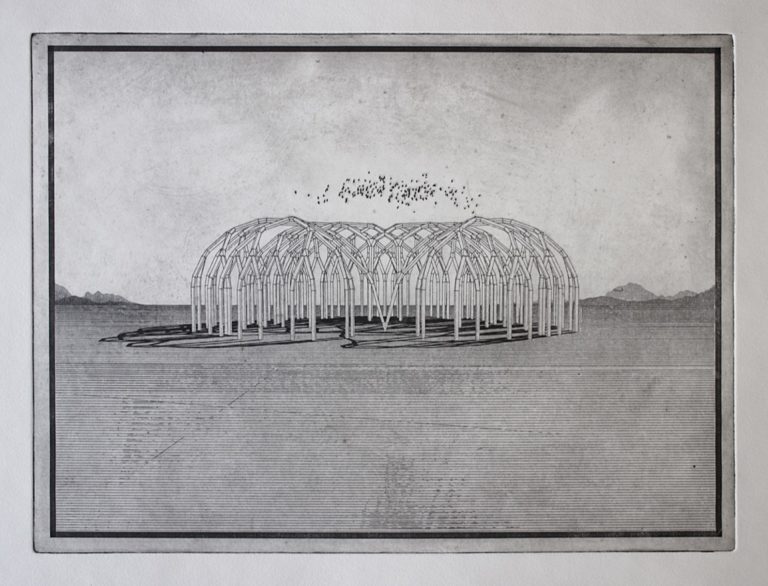
Created by Diogo Tudela, Athletics of Transcendence explores how traditional craftsmanship can appear to legitimise and provide depth to otherwise flat computational constructs.
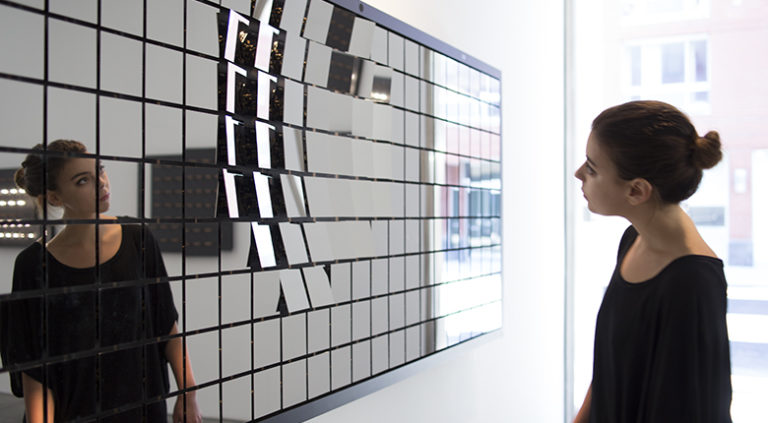
New work by London’s Random International includes almost two hundred identical, small mirrors are arranged in a grid to form a flat, homogenous surface. Hung against the wall, the mirrors are closely spaced and apparently static; but they possess the ability to move in harmony with one another.
Support CreativeApplications.Net
Since 2008, CreativeApplications.Net (CAN) has been a driving force, tirelessly influencing and shaping the conversations surrounding technology, society, and critical making. With a community of 1600+ members and a vast library boasting over 3,500 meticulously curated projects, experiments, texts, and reviews, CAN stands resolute as an unparalleled resource for students, educators, practitioners, curators, and cultural producers.
However, as we navigate the stark reality of independent publishing, we need your help! Please embark on this journey with us, extending your support by joining our community as a Member and contributing to our shared mission of propelling CAN forward.
Joining CAN is only $20 per year! (less than $2 per month) and it includes:
Joining CAN as an organisation (up to 40 users) is $200 per year and it includes:
You can also support CAN by donating
Click continue to donate with Stripe or you can also use PayPal, ETH, Bitcoin or Tezos